The “Francisco Casanovas” Professional Music Conservatory is moving from the Palacio de la Música in the centre of Torrevieja to a new building with more than 3,700 square meters of space next to the International Auditorium and the private Quirón Hospital. This is part of the La Hoya partial plan, and the Torrevieja City Council is finishing up the paperwork with the General Directorate of Educational Infrastructure of the Ministry of Education. It was built fifteen years ago by the Generalitat Valenciana (Valencian Regional Government) to be a world conservatory, but that’s not what it’s been used for.
Antonio Quesada, the Councillor for Culture, said that January 2026 is the earliest that the city conservatory could actually open, which has been a long-term goal.
In terms of administration, the conservatory’s permission needs to be acquired as if it were a brand-new centre, even though in reality it is a transfer of training in 16 elementary and professional instrument specialities that is run by the city. Because of this, it needs a new name: the “Conchita Boj” Conservatory of Music.
Additionally, Quesada said that the move would not interfere with the work of the UNED headquarters in Torrevieja. However, he reminded that in the 2026–2027 school year, the university’s classrooms will move to the new Agamed building on Concepción Street, along with the headquarters of the Miguel Hernández University and the University of Alicante.
There are more than two and a half kilometres between the buildings and the town centre. Quesada said that a bus service is being planned, just like other city services like the city sports schools. To be more specific, he said that most students at the school come by their own cars because they live in nearby neighbourhoods or even in other towns in the area.
The conservatory has more than 300 kids and twenty teachers who work for the city. The Department of Culture thinks that the school will grow in its new site to offer more subjects.
Demand
There are many more people who want to go to the conservatory than there are spots available. To get in, students must pass a test, except for those who are seven years old or older. Some of the classes are taught mostly by Russian and Ukrainian students, who have a large group in Torrevieja and learn about music as part of their basic education.
The empty rooms in the Palacio de la Música will be used as practice rooms by different cultural groups in Torrevieja, according to the same sources. The headquarters of the Unión Musical Torrevieja are in the same building. The Unión Musical Torrevieja gave some of its property to help build the Palacio de la Música.
After more than ten years, finally a use that works with houses
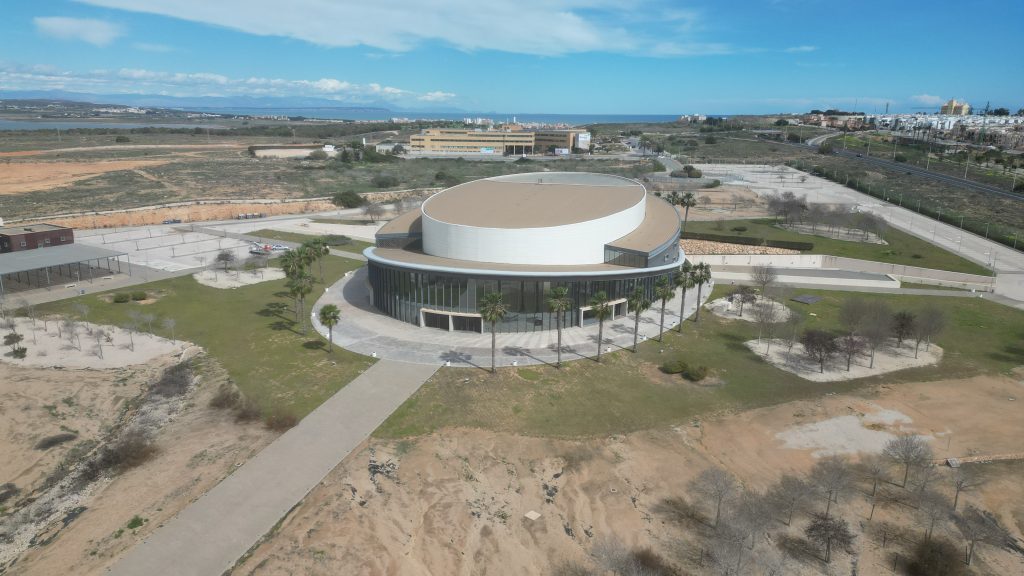
The buildings that will house the municipal conservatory were planned and built with the goal of becoming a world-class music school in mind in the middle of the 2000s. During that time, Eduardo Zaplana, who was President of the Generalitat (the Catalan government), and Pedro Hernández, who was Mayor, laid the first stone. Francisco Camps was in charge of seeing it through to the end. During a very bad economic time, the original plan for the four buildings, each of which was 3,721 square meters, was never heard from again. It was never even opened to the public.
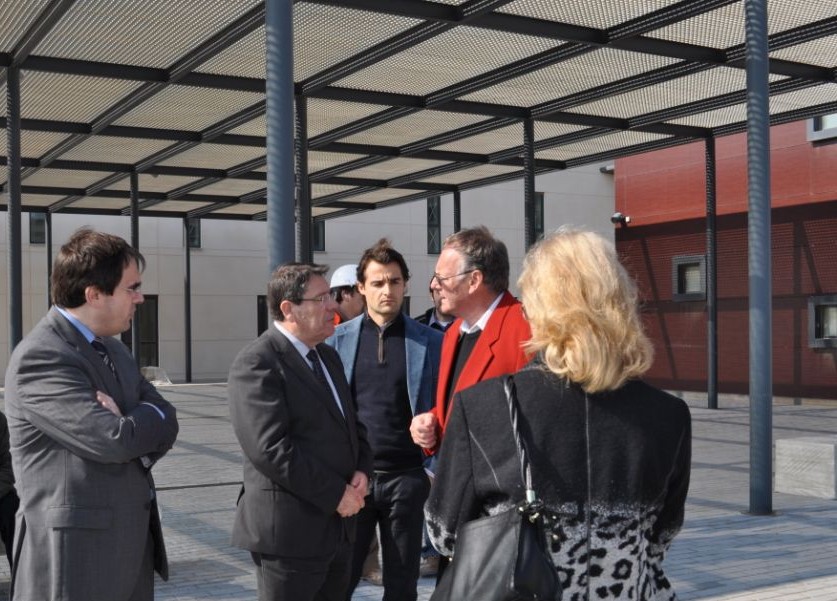
Through the Thematic Projects Society, the Generalitat put more than fifty million euros into that building and the Auditorium. The Generalitat did better and has kept up cultural programs since 2017.
Some Inmaculada School children lived there while their new school was being built over the course of two school years. After that, it was home to two school years of the delegated part of the Torrevigía Secondary School. Now, some of its buildings are used by the National University of Education (UNED). This building is also where the Torrevieja Symphony Orchestra practices.
After the Generalitat (the government) leased the land and buildings for fifteen years for the use of a 95,000-square-meter site, the whole complex was given back to the city in 2021.
In its original plan, the international conservatory had one classroom for choir and orchestra, five classrooms for teaching instruments alone, thirteen classrooms for teaching groups, eleven classrooms for teaching chamber music, fourteen studios, a library, a video library, a record library, a music and electroacoustic laboratory, and a classroom for dance technique and physical training. However, it has never been used in its original form.
Lack of attendance by teachers
Quesada, on the other hand, said that he is aware of the repeated complaints from parents, no matter who runs the centre, about teachers being absent without warning on certain days, which makes it hard for parents to plan their schedules and teach their children.
In this case, he said that schedules and absences are strictly controlled, and the rate of absences is about the same as in other city offices. But during the last school year, some suggestions were made to the teaching staff about this.

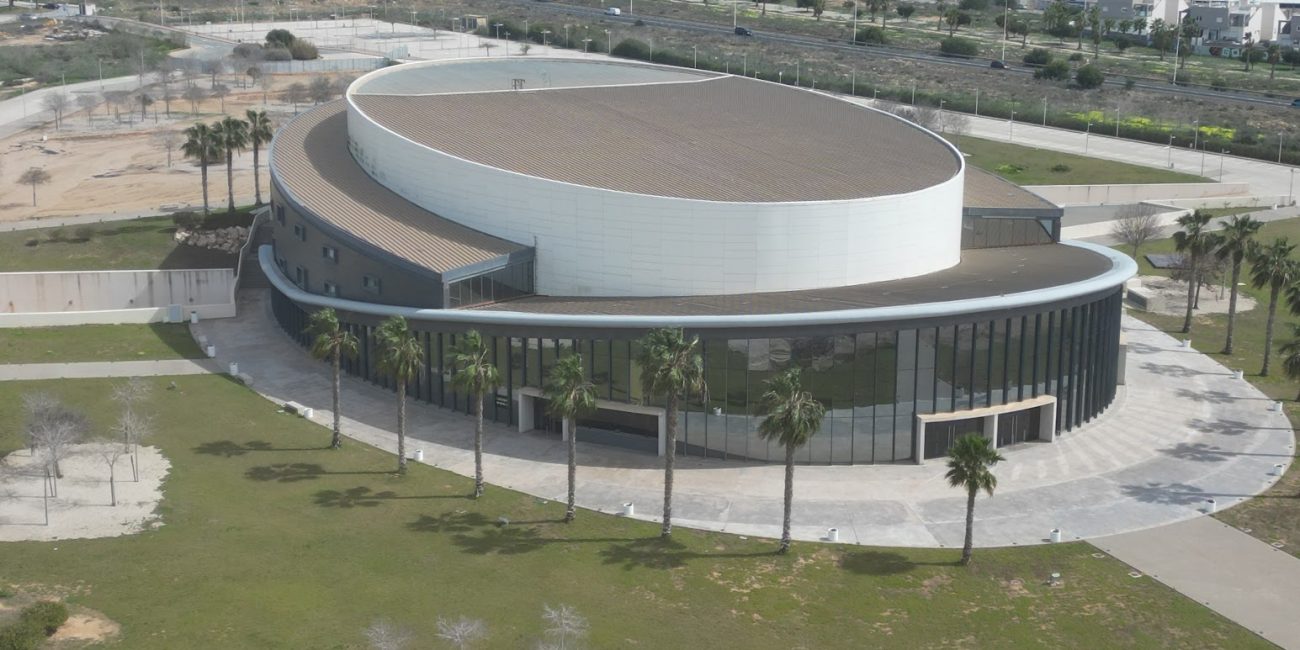




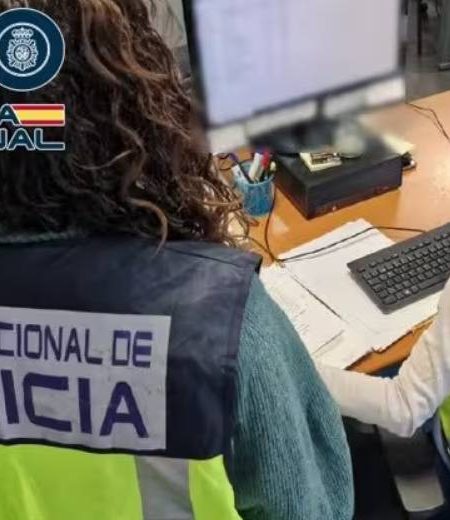

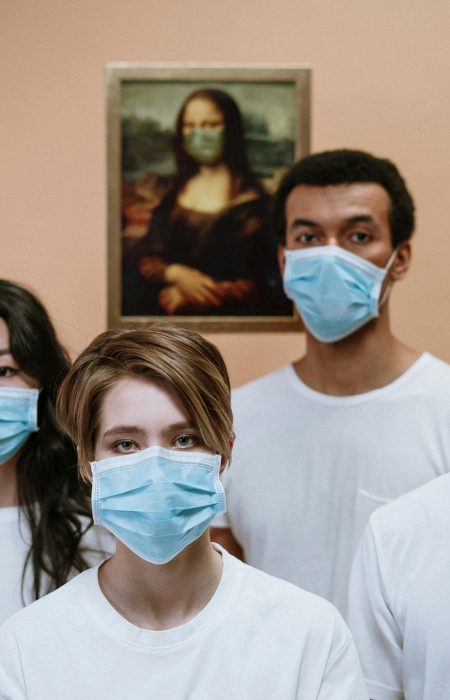
No Comment! Be the first one.